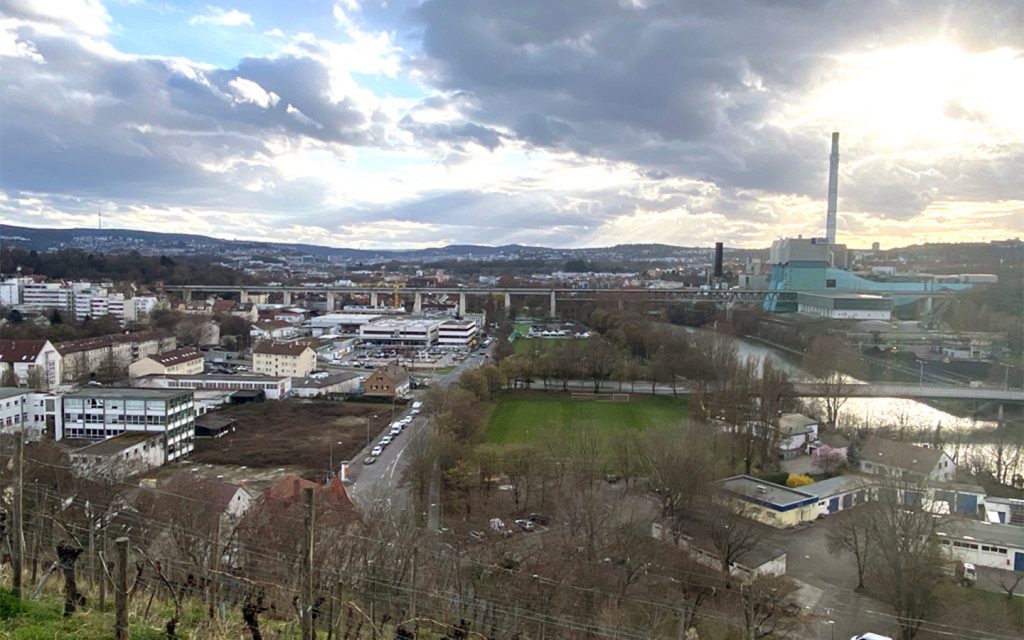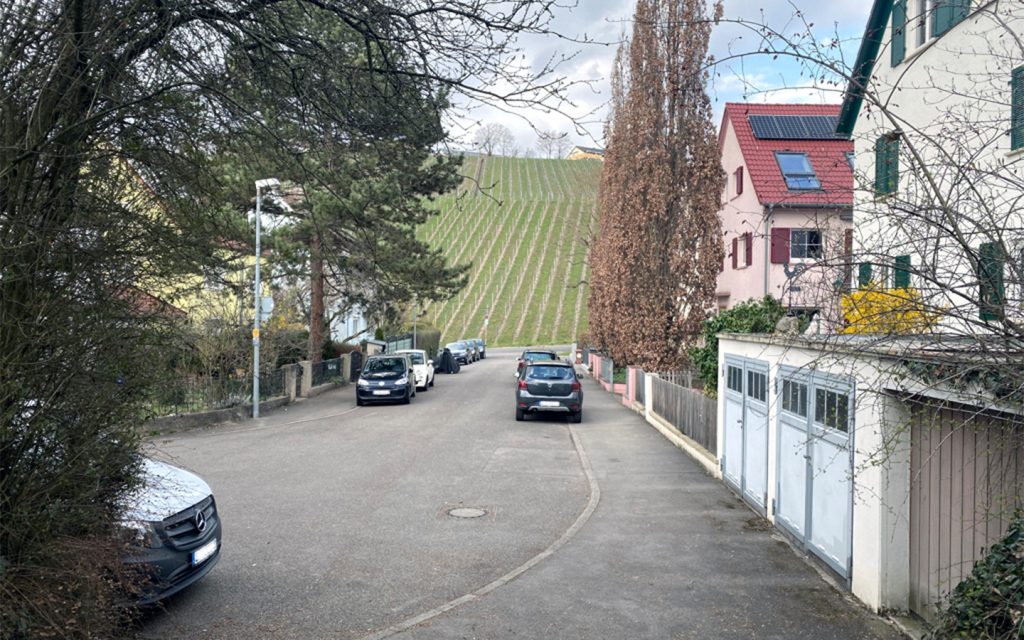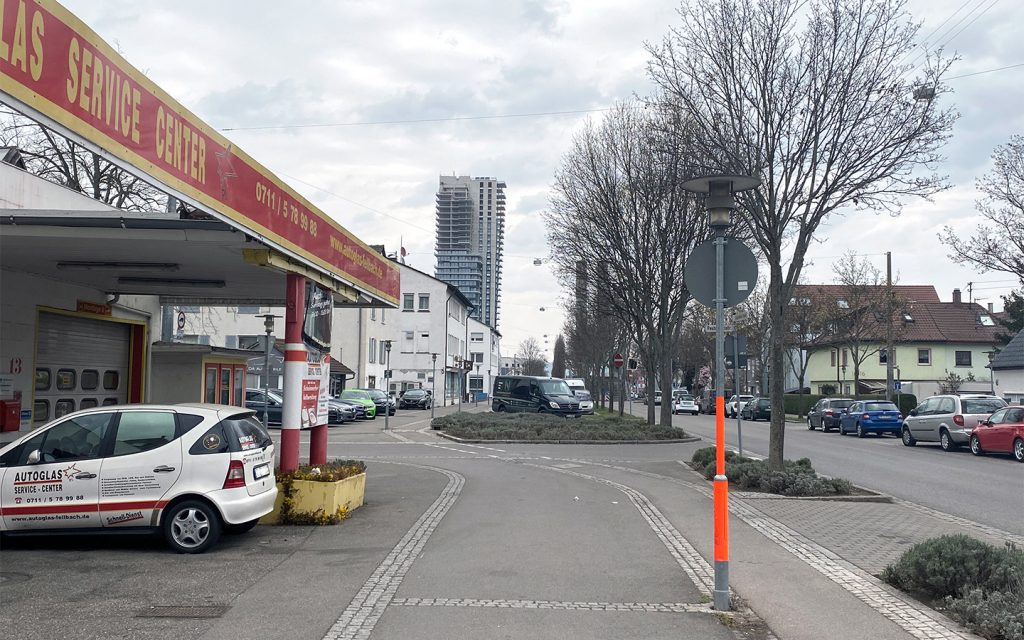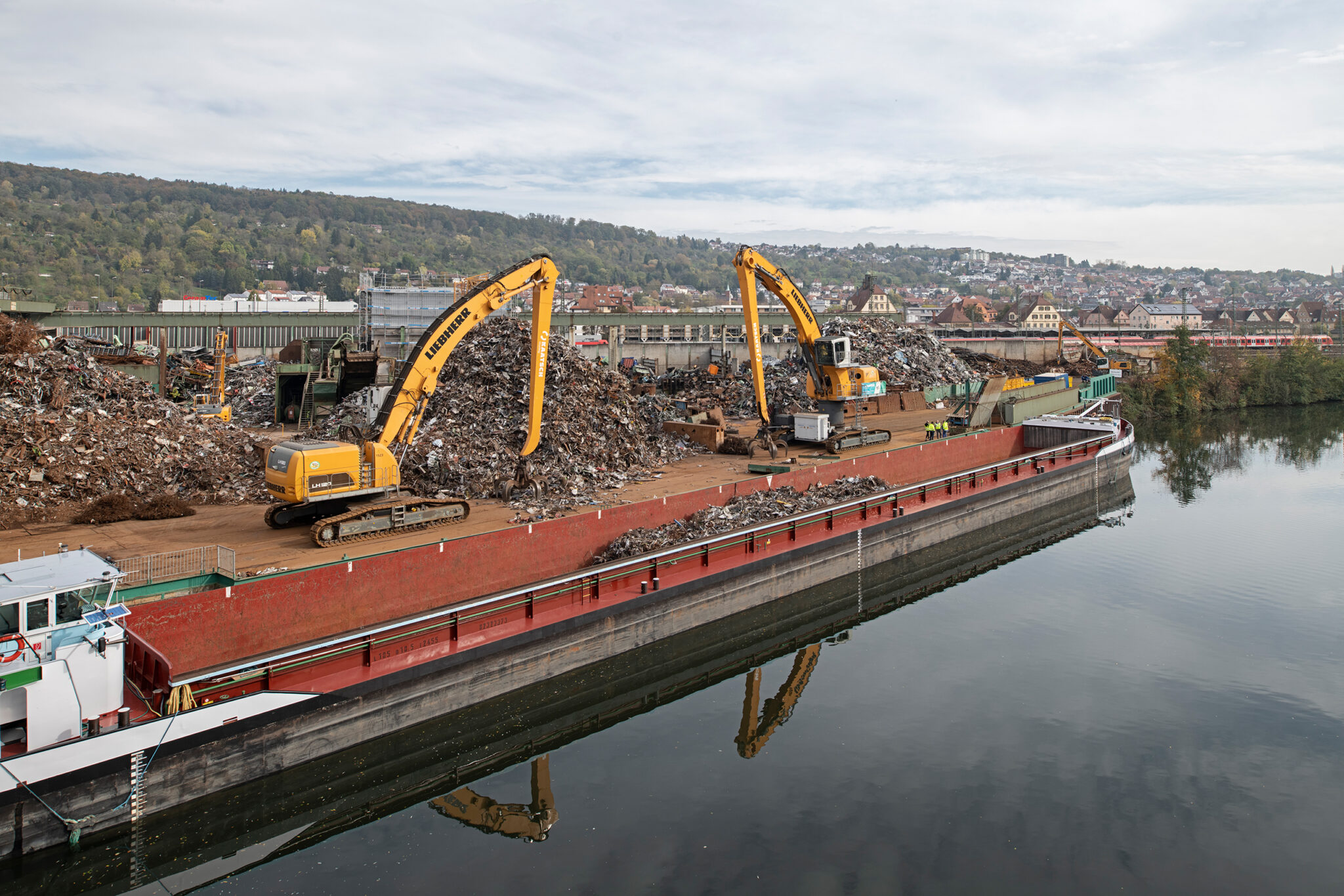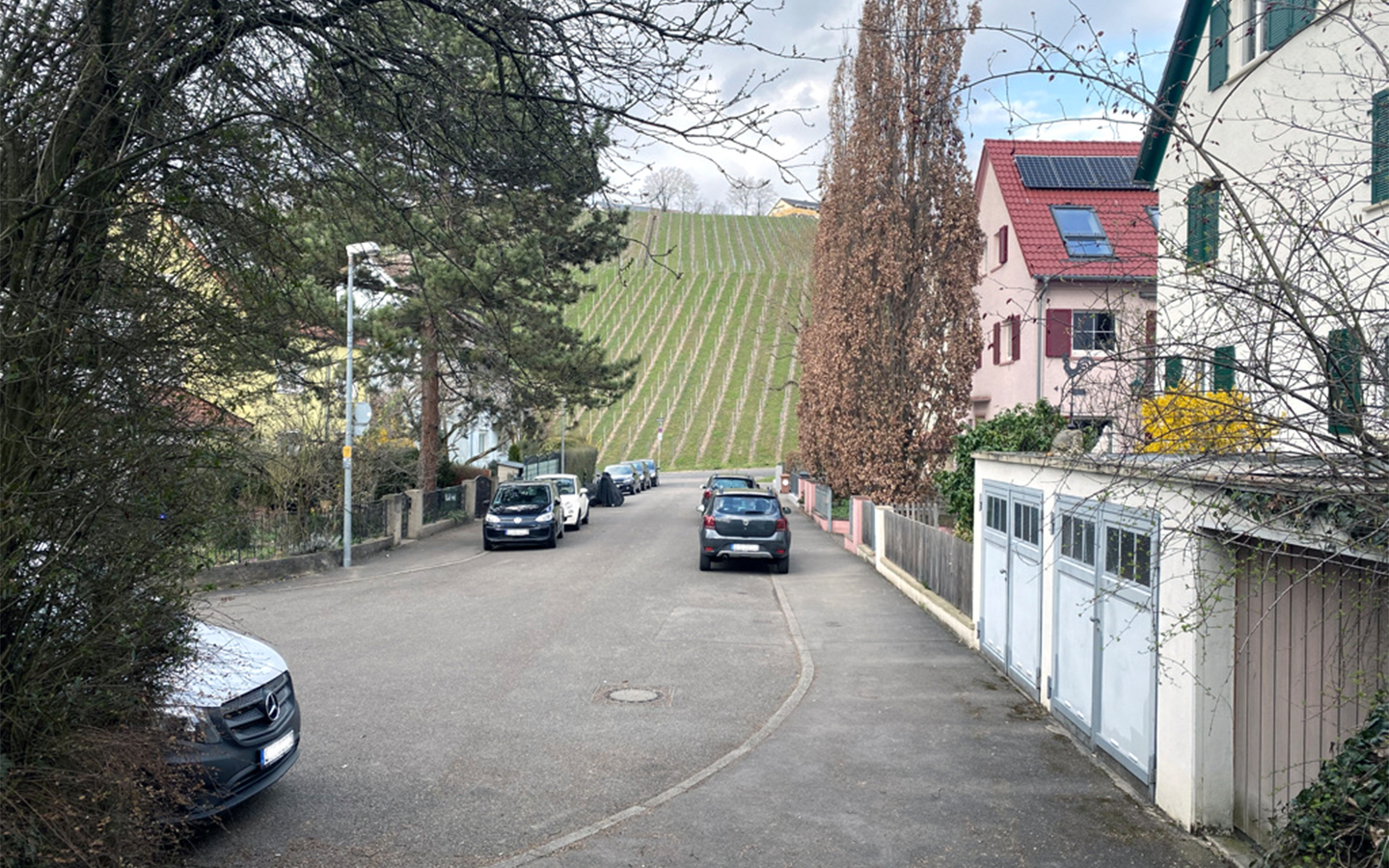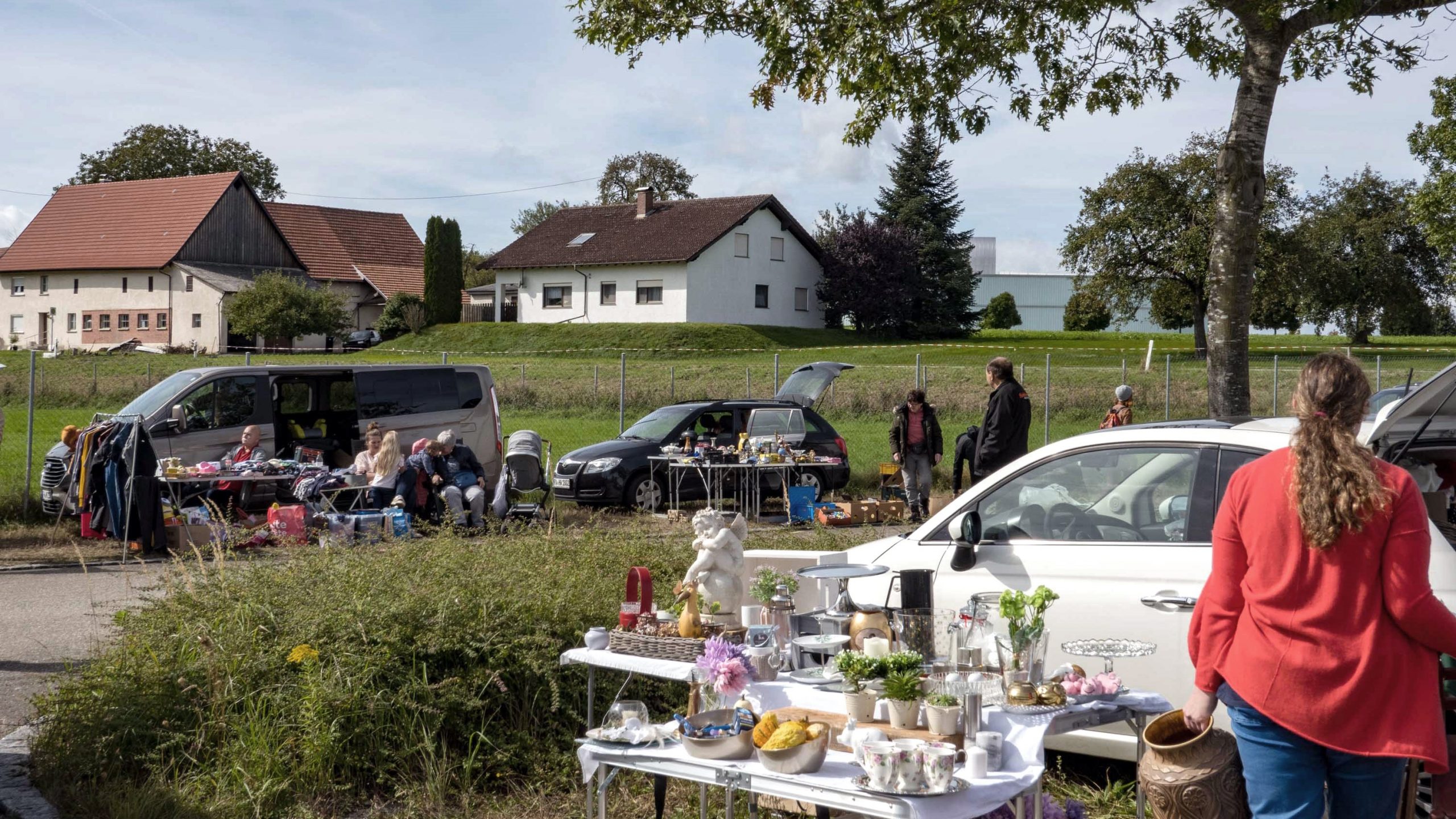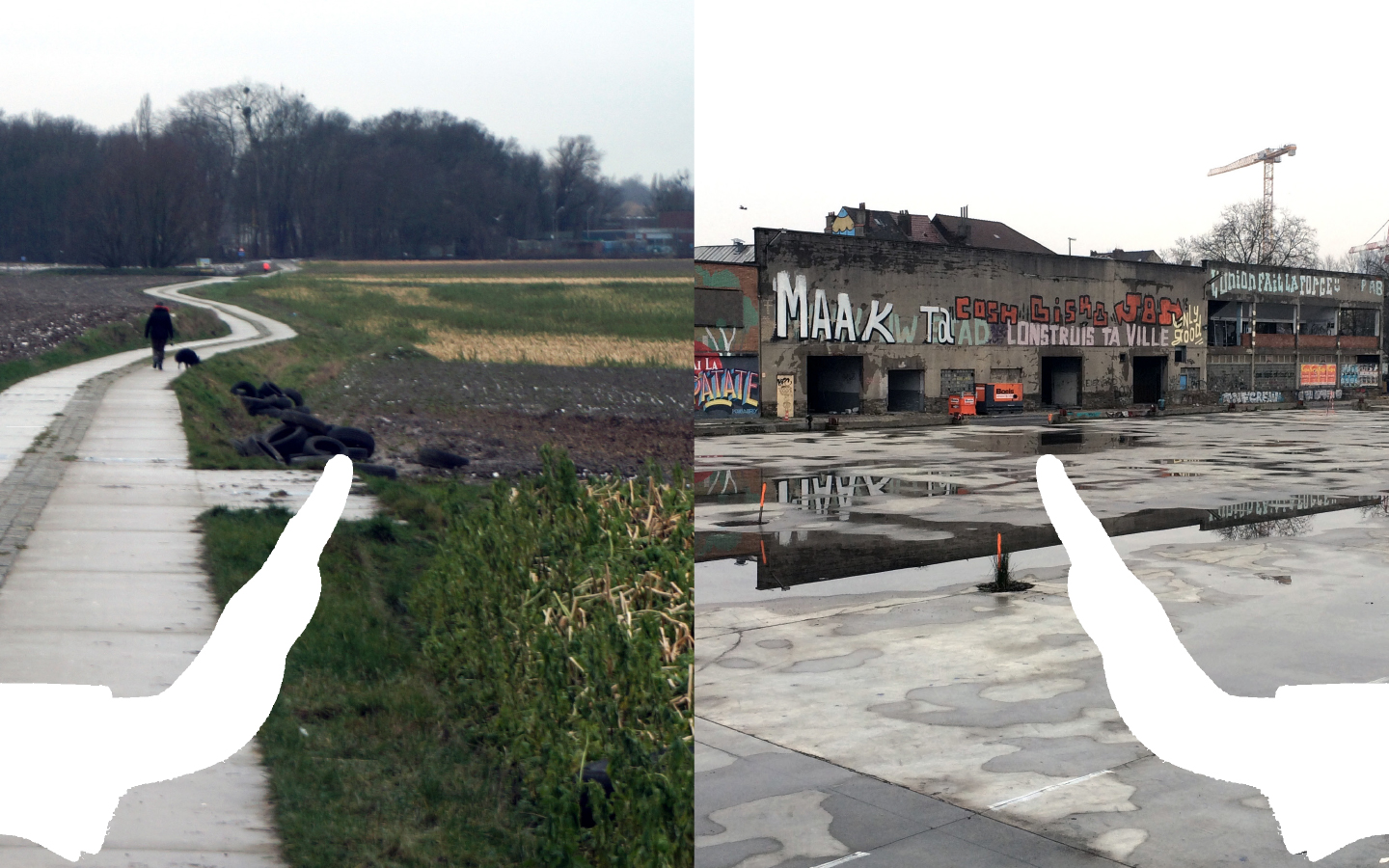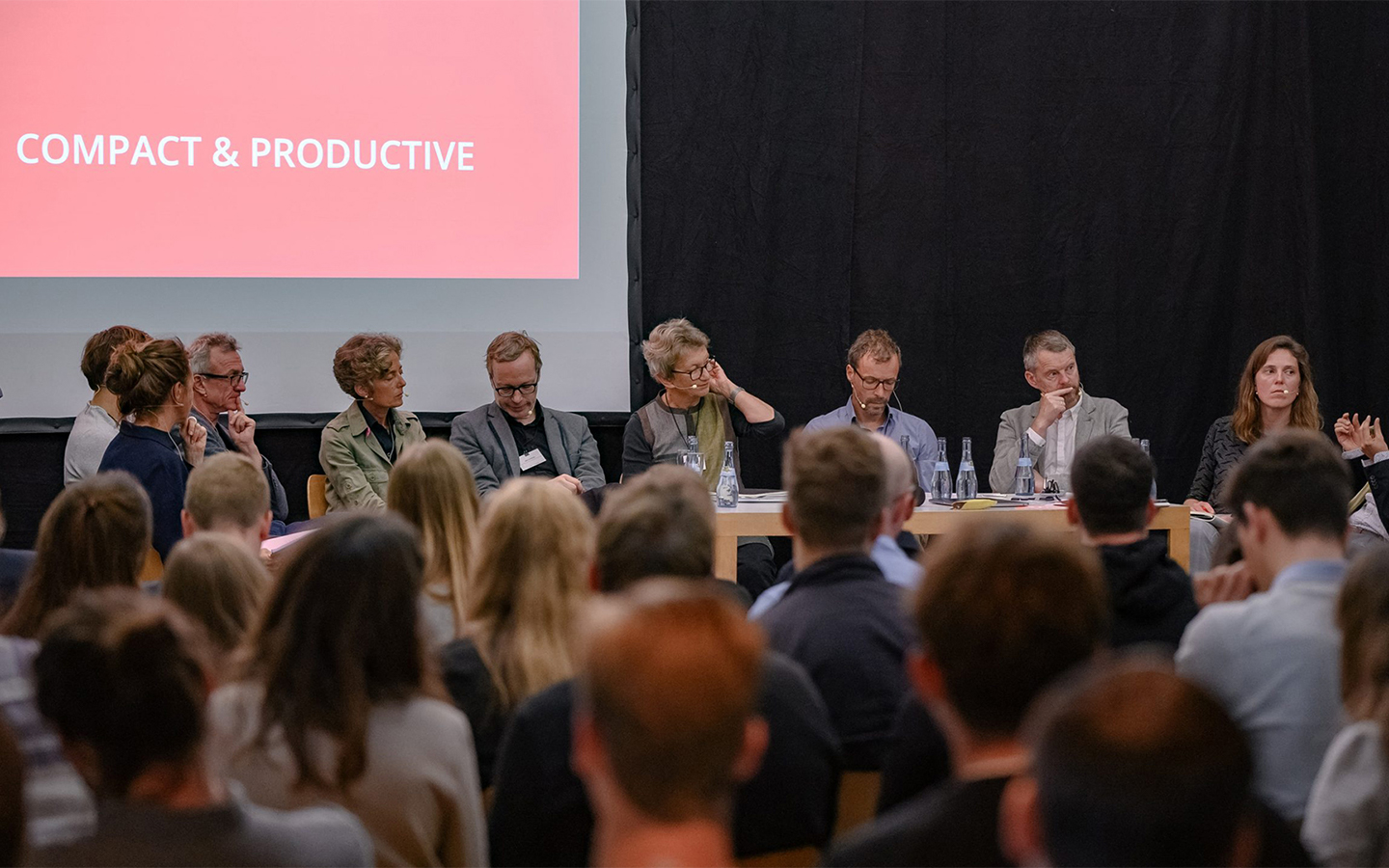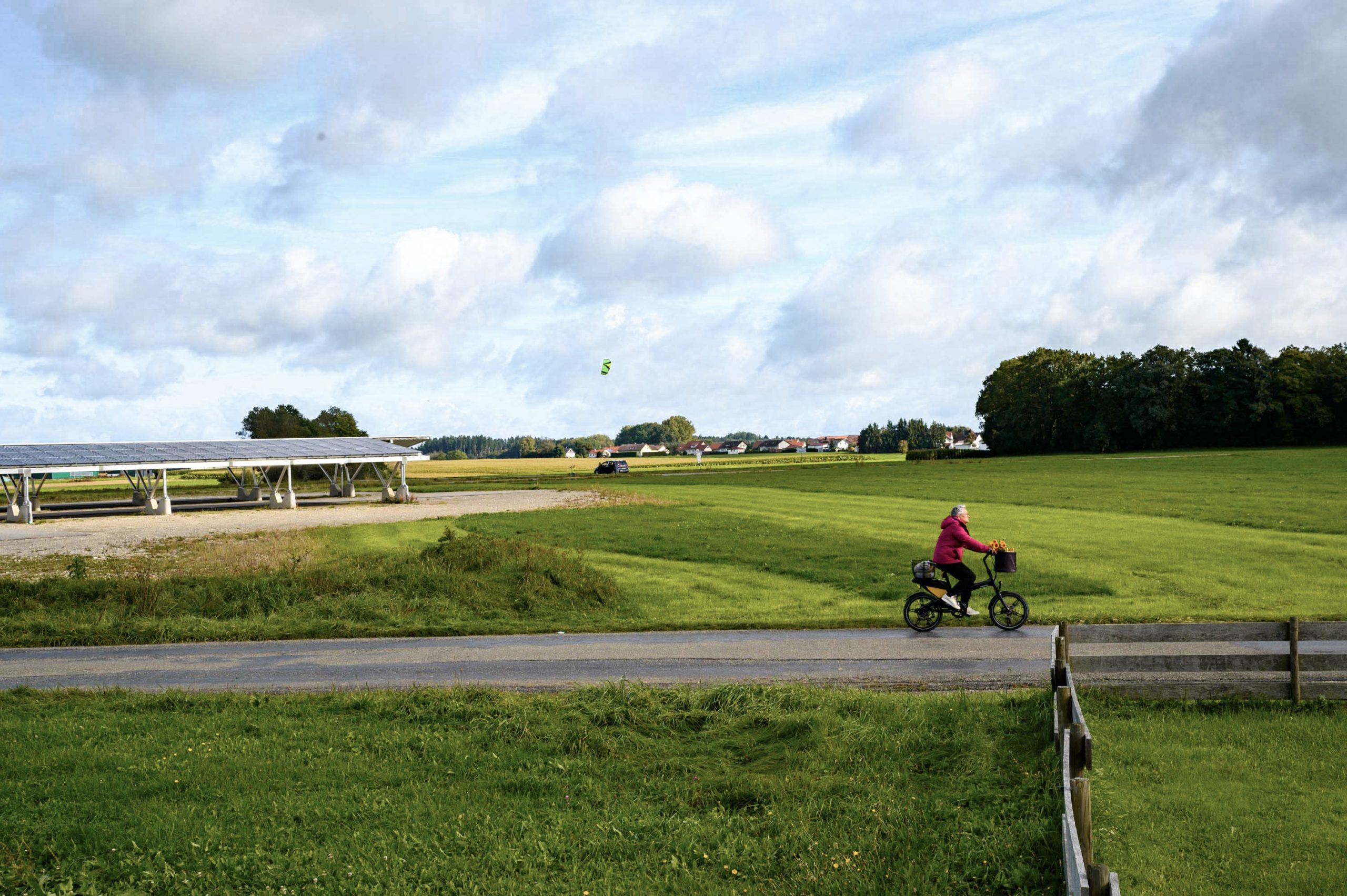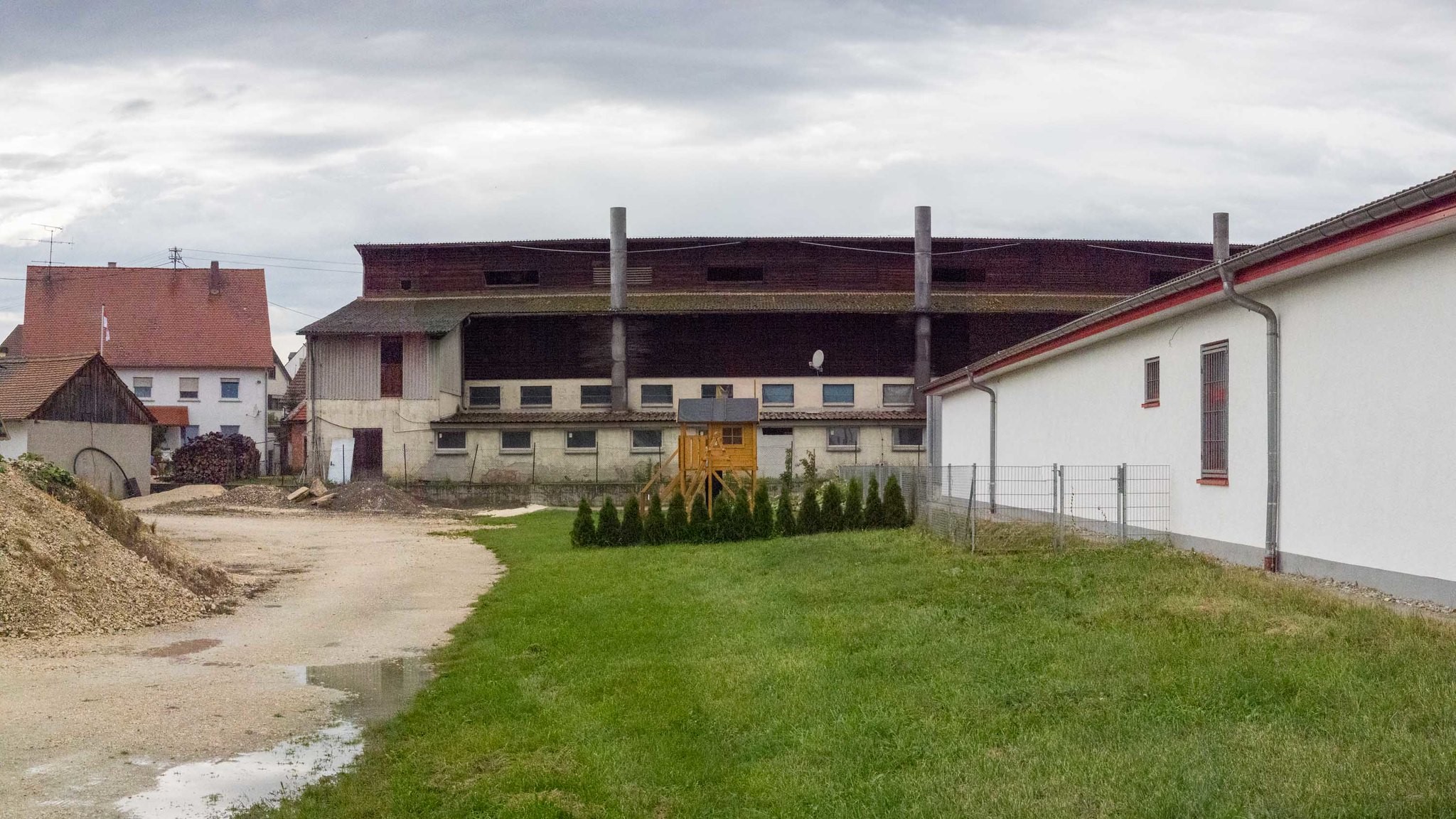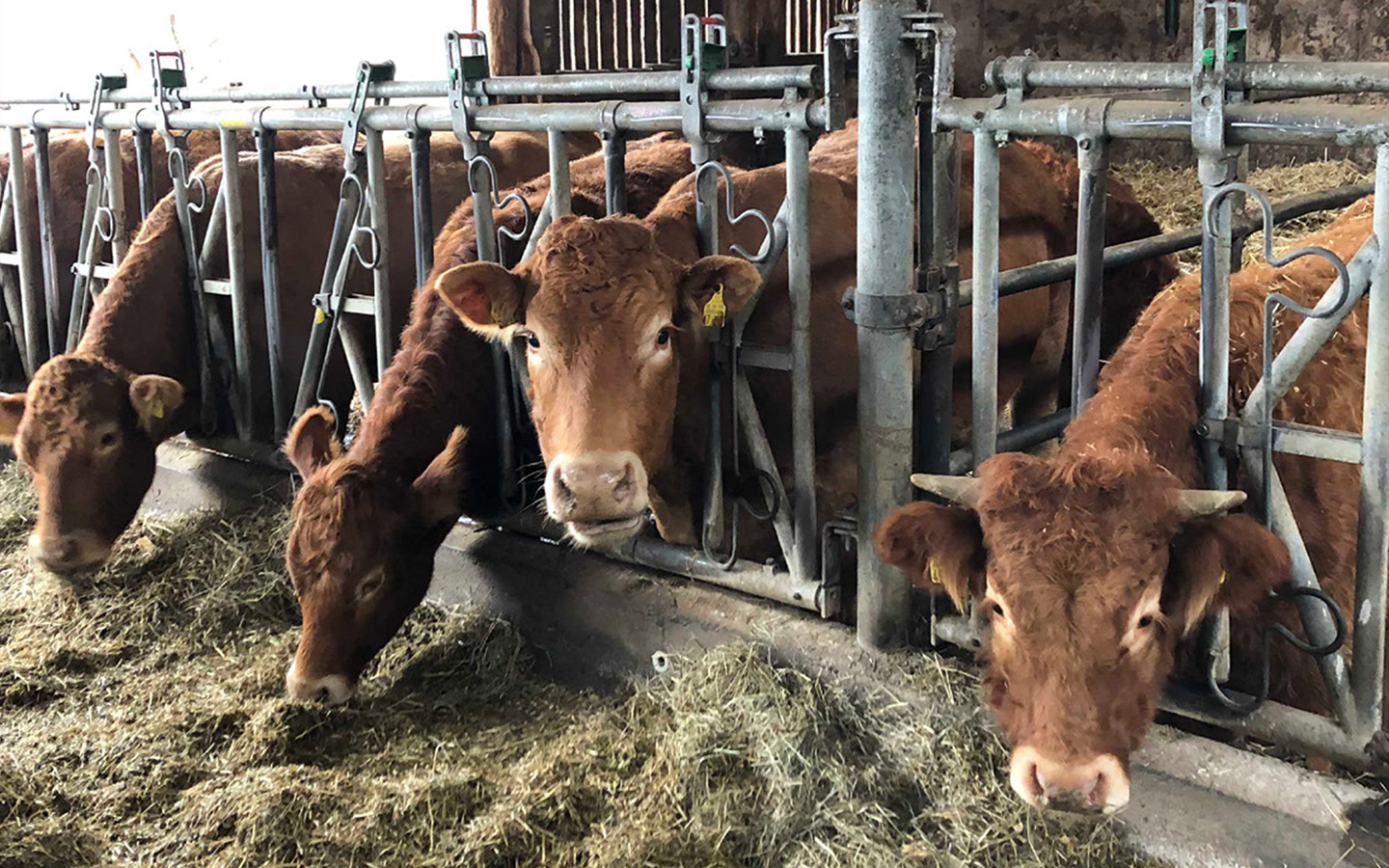Makeup - makeover
Infrastructure: Understanding existing public traffic systems as true backbones for equilibrated growth Case of the Stuttgart Region
This compilation showcases urban design approaches to revalue existing infrastructures. Participants of the studio-class at Biberach School of Architecture re-interpret the environment of selected metro-stations in the Stuttgart Region, pointing at resting potentials to relieve an overheated housing market.
There is an extensive and functional network of public transport in place in the Stuttgart Region. It has been installed as an everyday utility taken for granted, maintained and financed. To a large extend its potentials to guide, let alone drive, truly effective compact and integrated settlement have remained unutilized, though. Quite a number of stations sit on the edge or in-between the small and medium sized towns they are built to serve, lateral to main local attractions, dividing neighbourhoods, getting in the way of rather than connecting peoples’ paths. These “hubs”, are supposed to service a regional catchment area of 4 Mio people, economically one of the nation’s most stable and best performers. Yet, their immediate surroundings are neglected, easily accessible localities offer little attractiveness, little density, little diversity and poor qualities of public spaces. At the same time, individual municipalities are still relying on external development, increasing the settlement area along the fringes and at the expense of the landscape. This detached approach misunderstands the obligation for careful land-use expressed in principal in European law. It exacerbates the region’s traffic problems and wasteful sprawling. The aim of the project is to develop dense mixed-use and green urban quarters, new living and production areas within a radius of 500m within walking distance of the existing hubs, that make responsible use of the existing public transport structures and pool development options on a metropolitan scale.
_Social humus
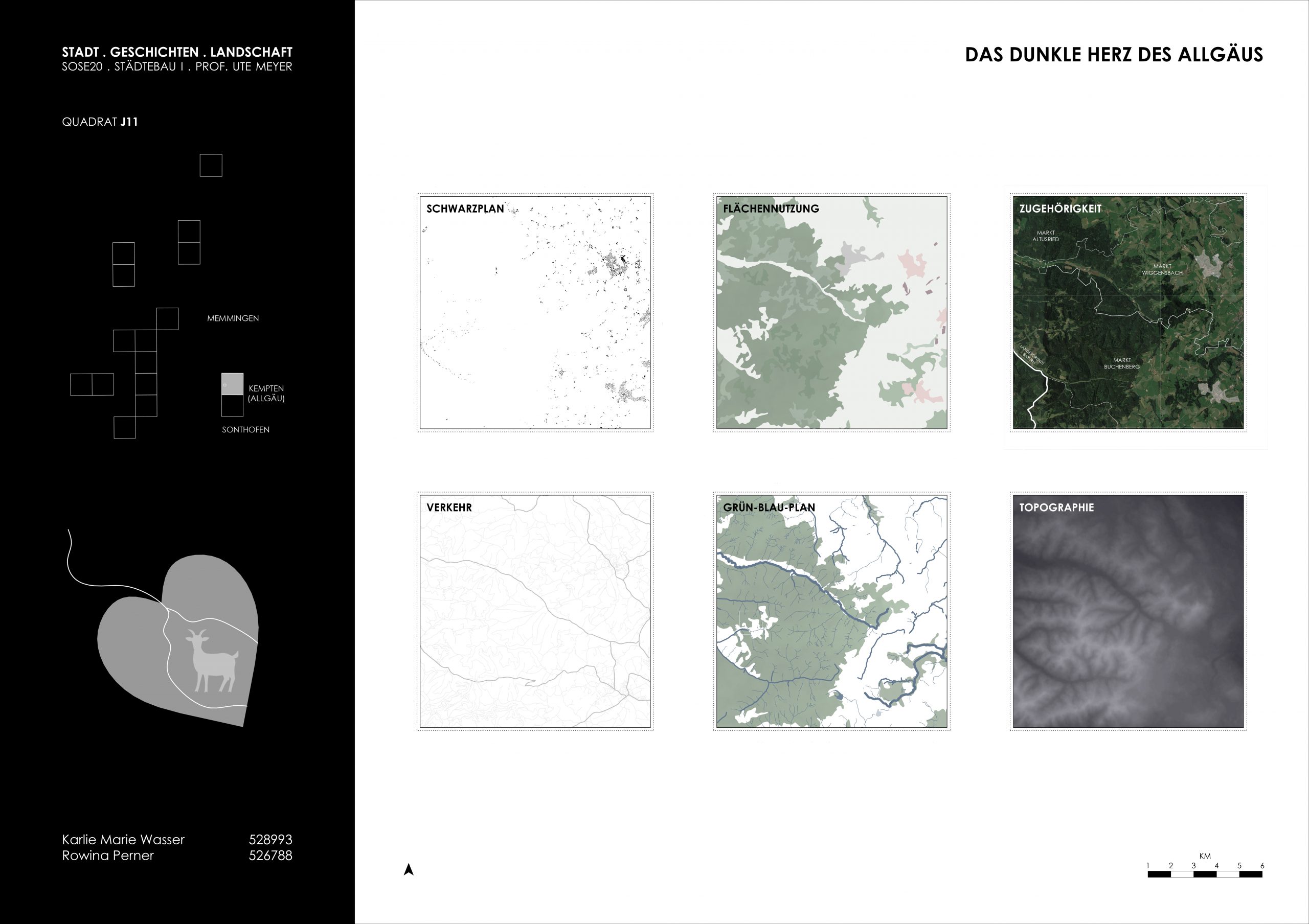
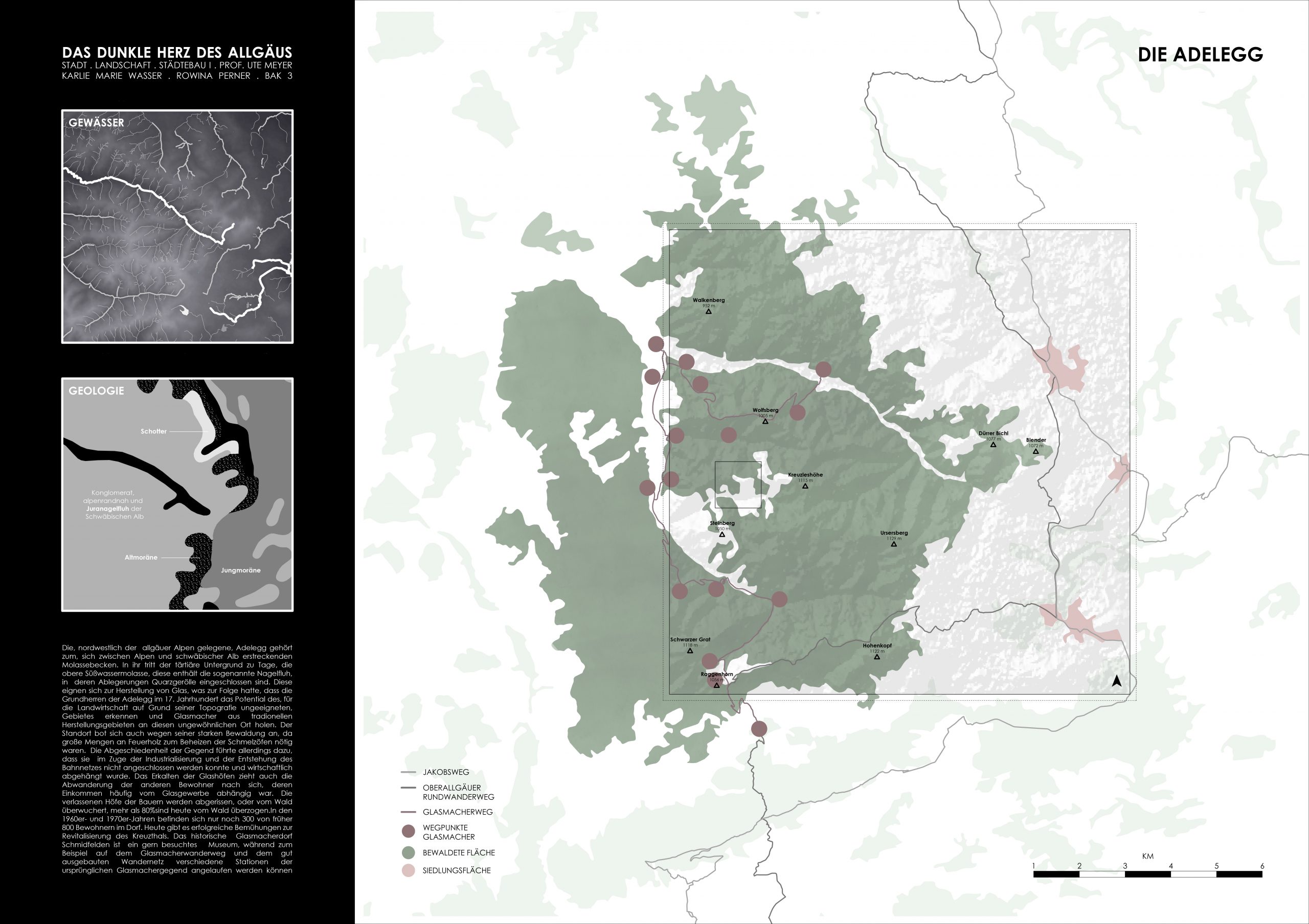
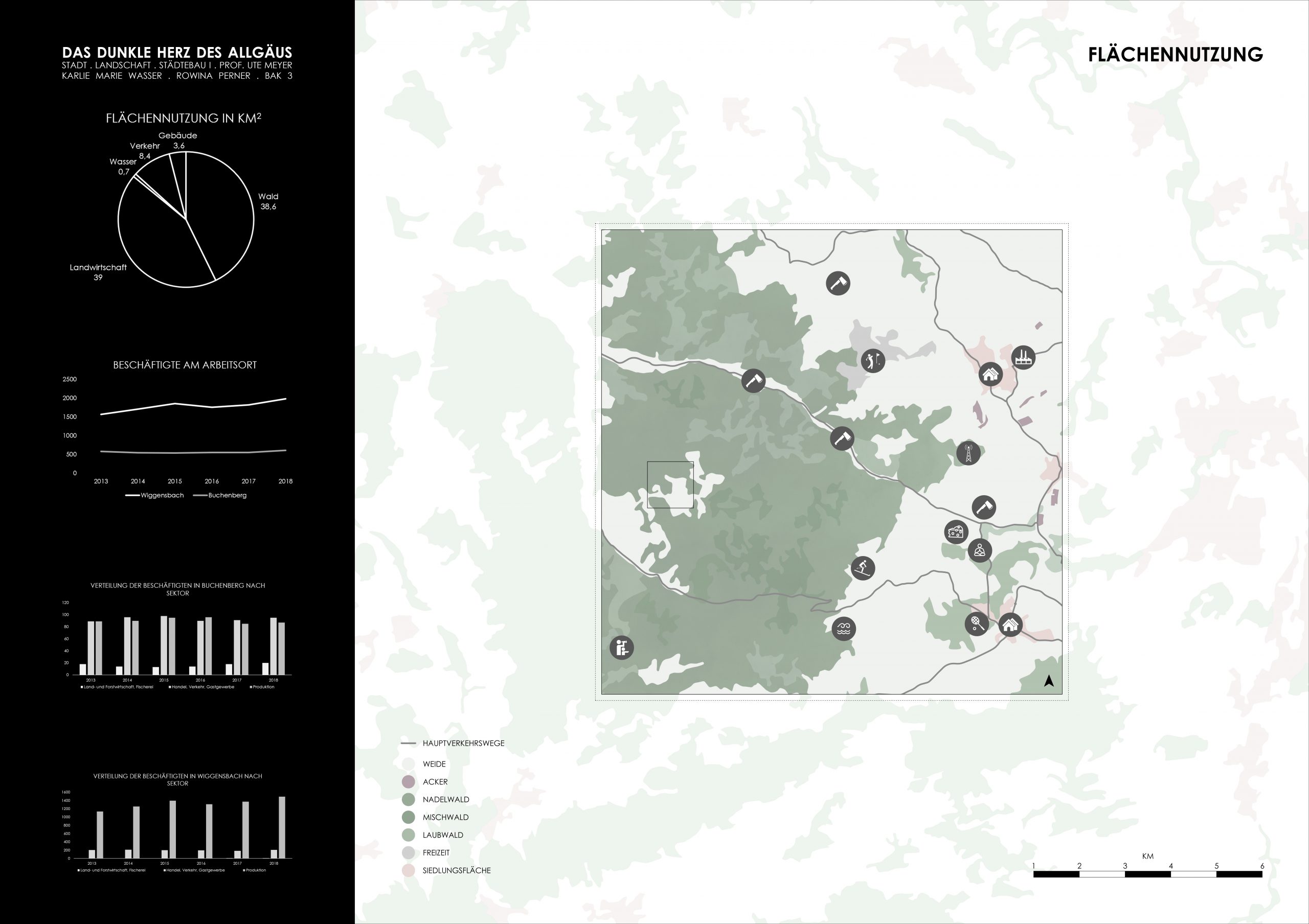
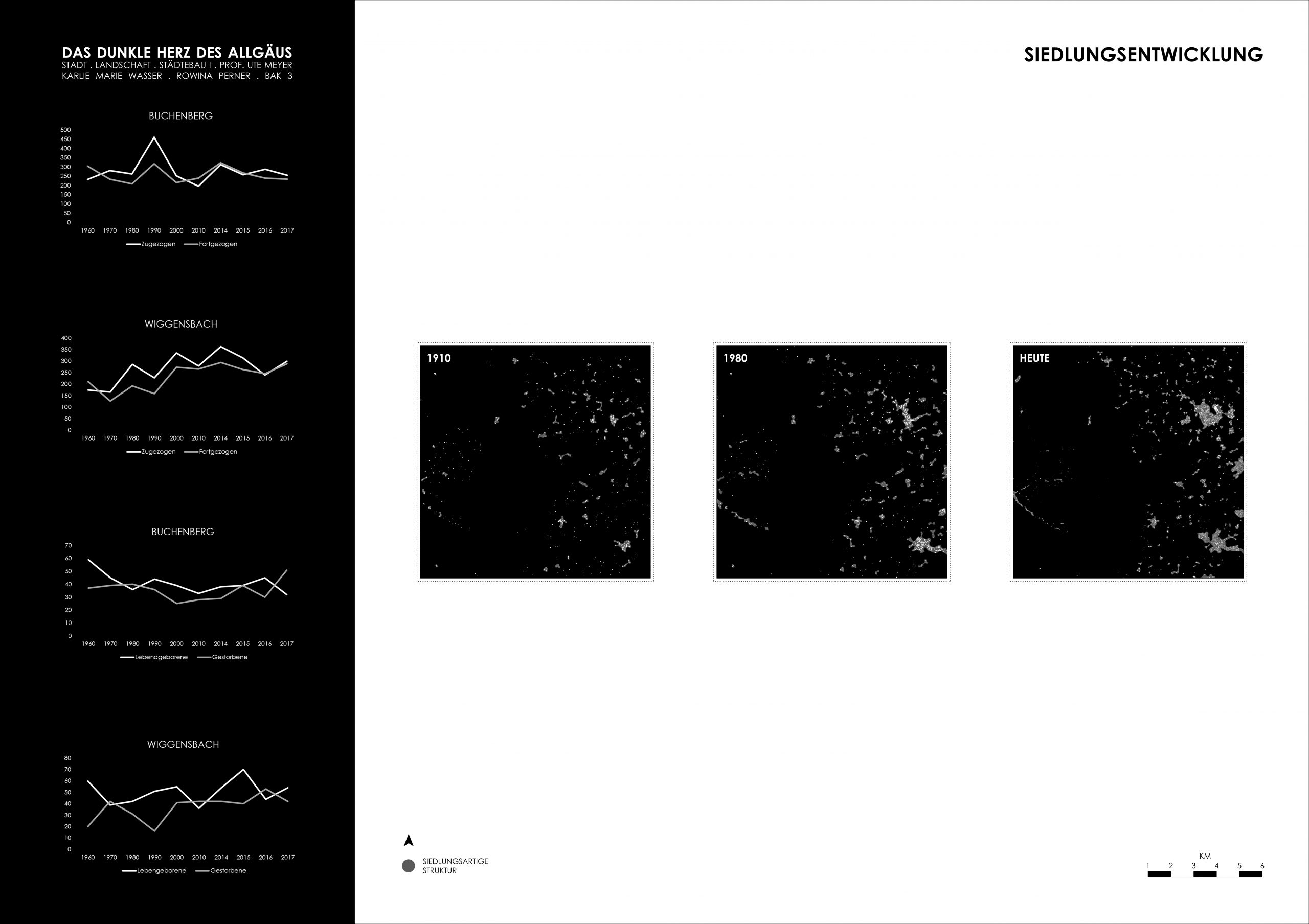
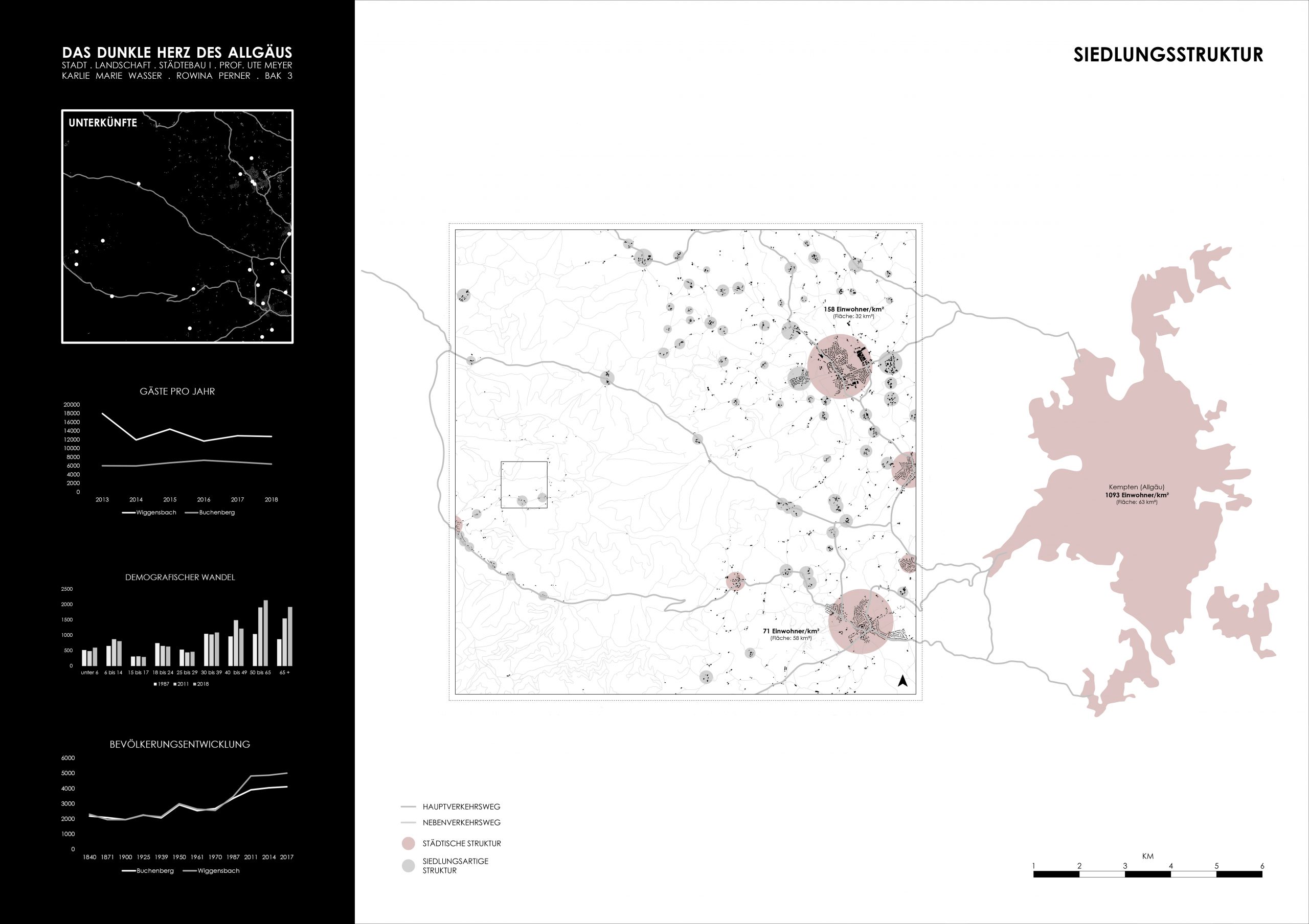
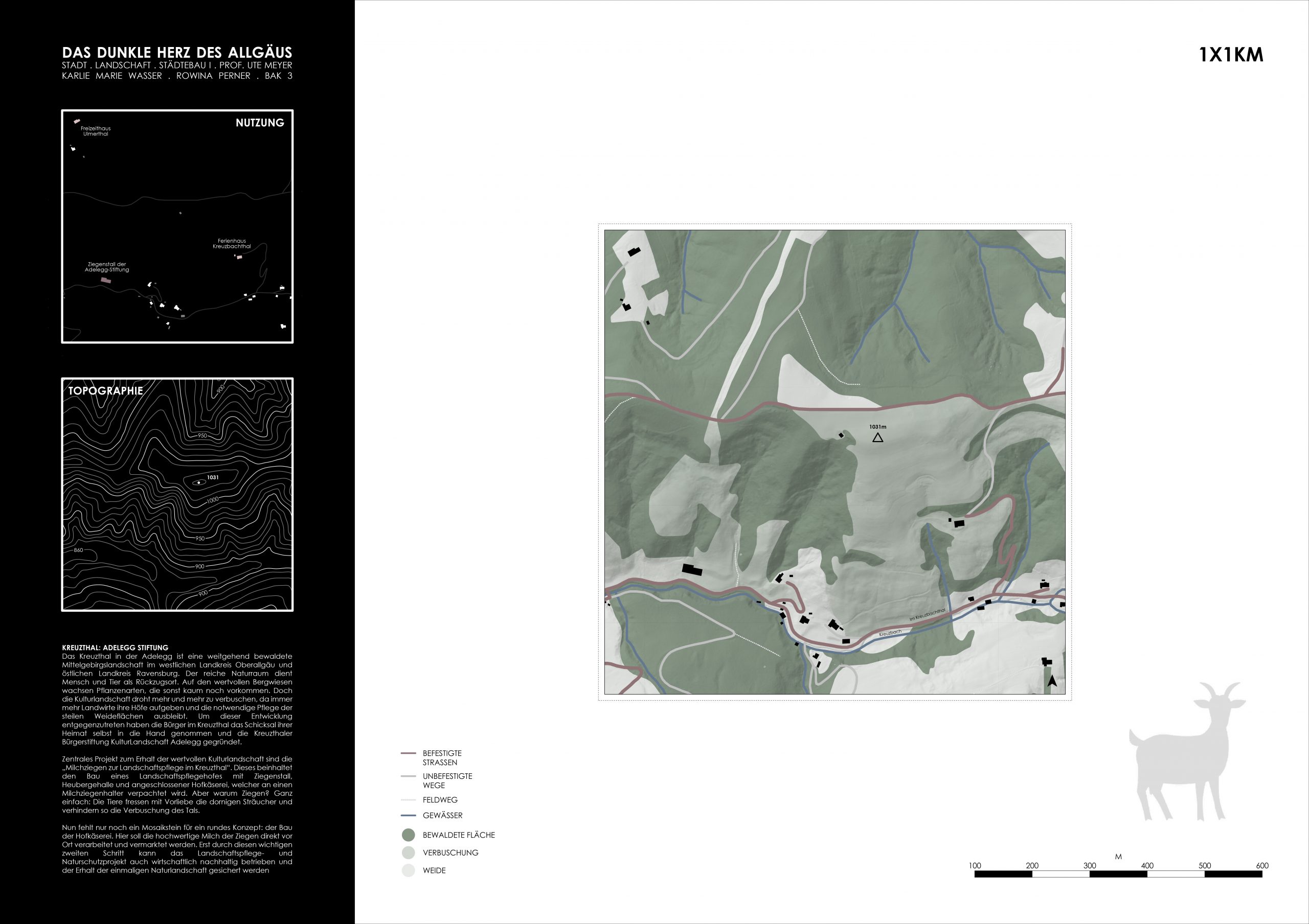
Travel time form Leinfelden to Stuttgart centre is about 20 minutes. To the airport it takes 5 minutes but in the same time everybody can reach agricultural landscapes in a walk. The city of almost 40.000 hast somewhat outgrown its peasant past on a fertile high plateau next to the Stuttgart valley – still: its identity is far from truly urban. Despite being home to influential key industrial players, major logistic enterprises and stable commuting the presence of fields, seasons and local traditions is just as strong. The project suggests the future of collective productivity in a mix of organic farming, urban industries in the digital age and circular value chains. It unfolds potentials of collective action in parcels of land that have fallen obsolete and a new approach to a hybrid, authentic identity: crop-sharing and knowledge work as poles of a balanced semi-urban lifestyle might hold the youth from escape to the traditional city.
This story is based on the research by Sabrina Klingenstein, Carmen Münz, Christine Nigg and Daniel Schwarz
_Geislingen valley
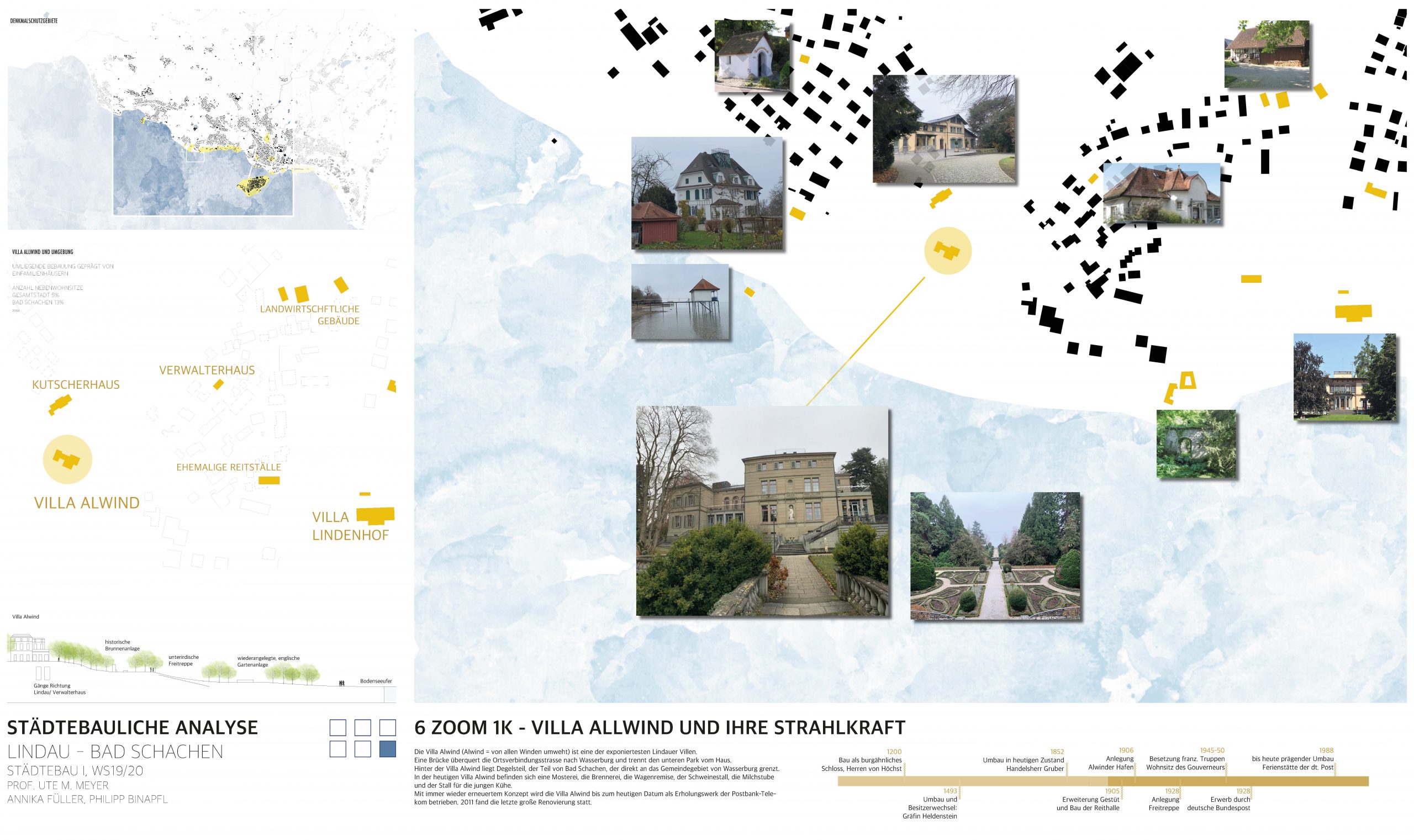
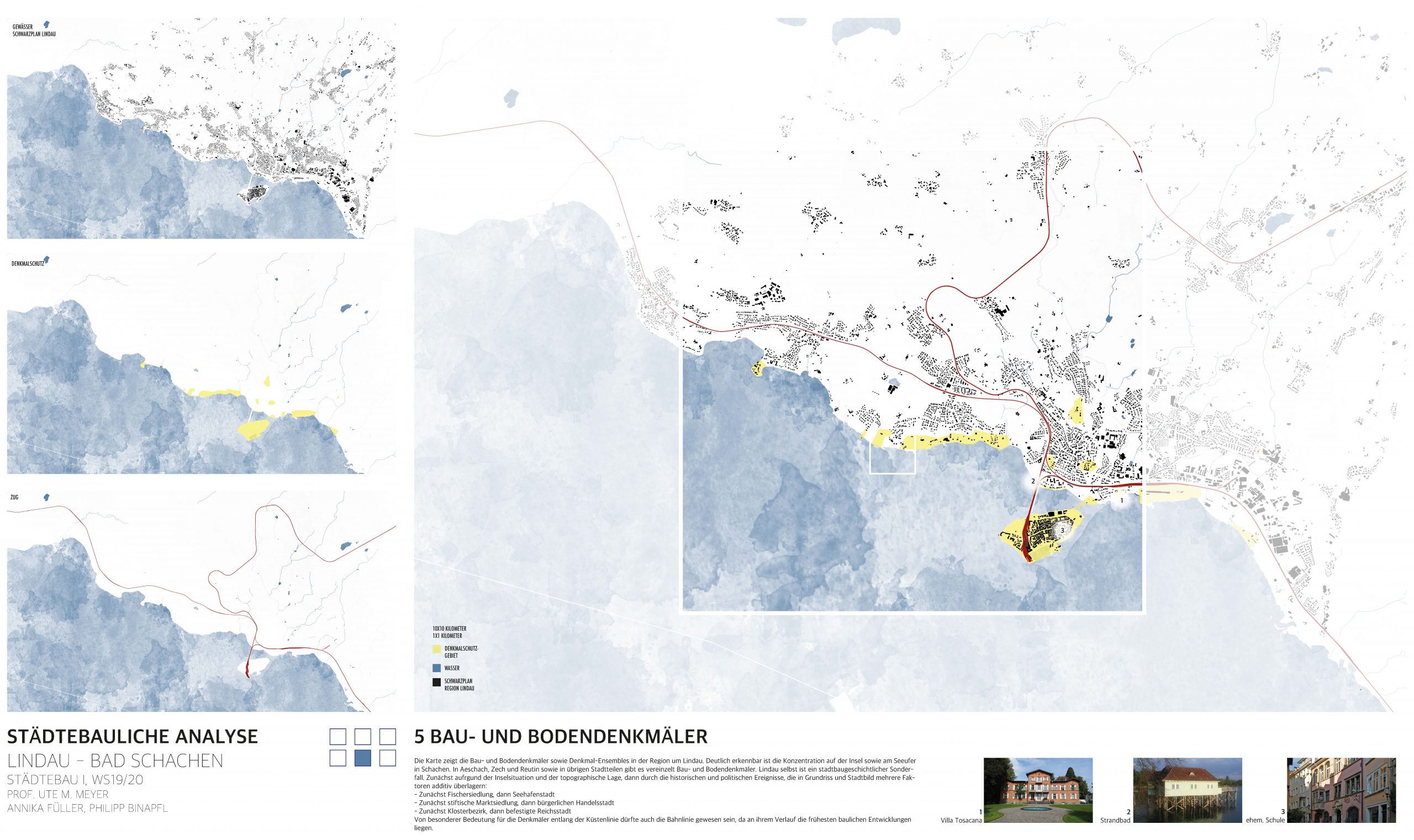
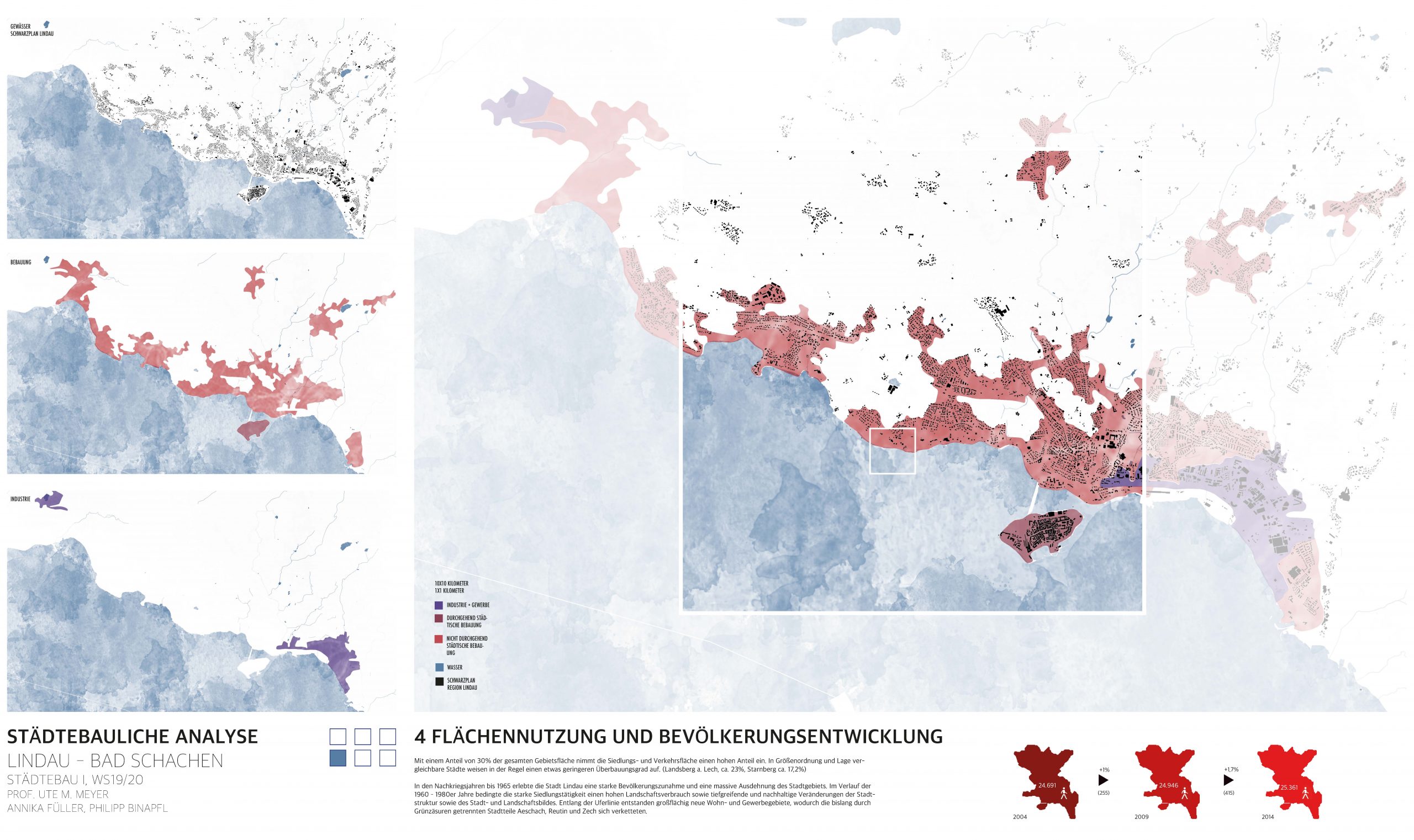
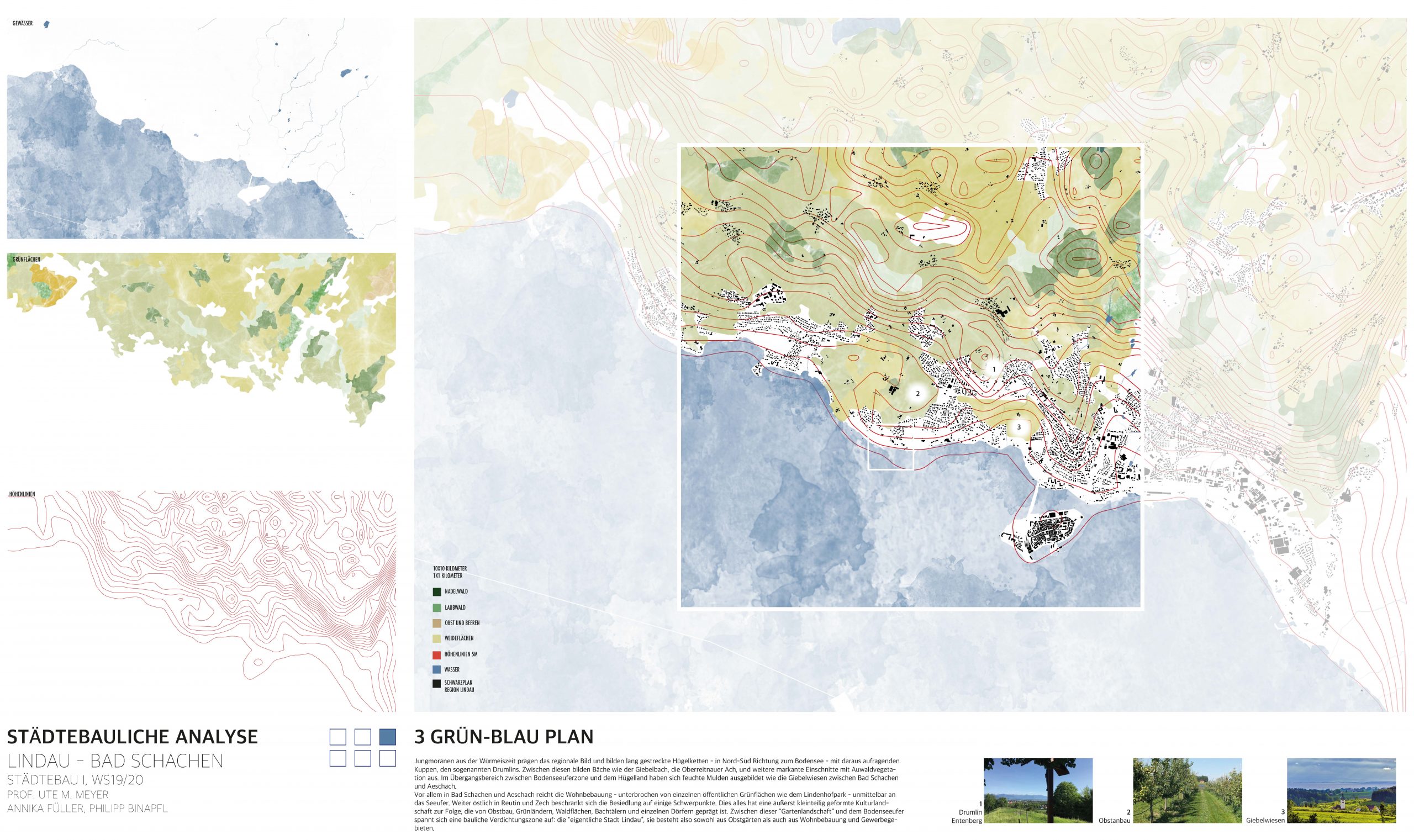
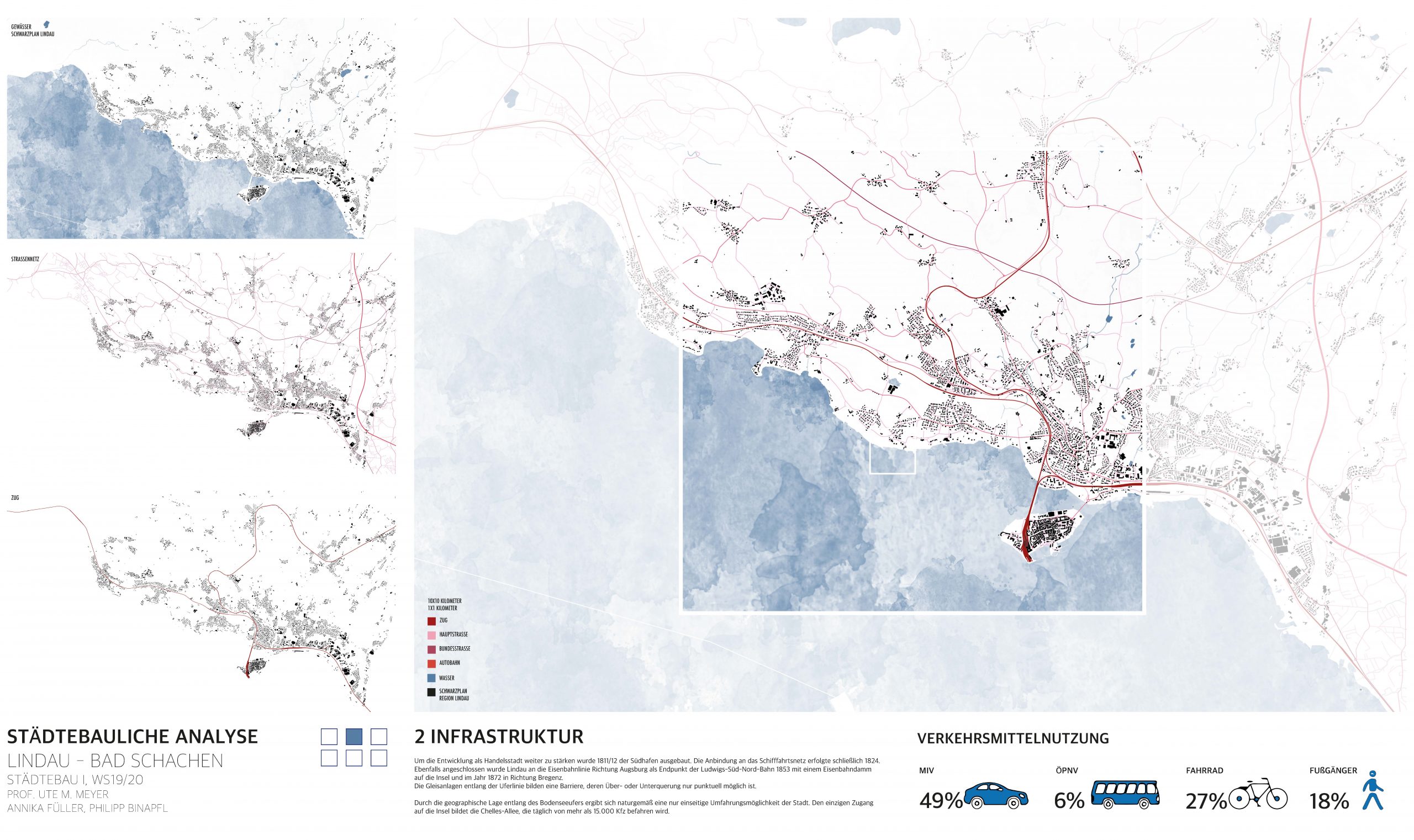
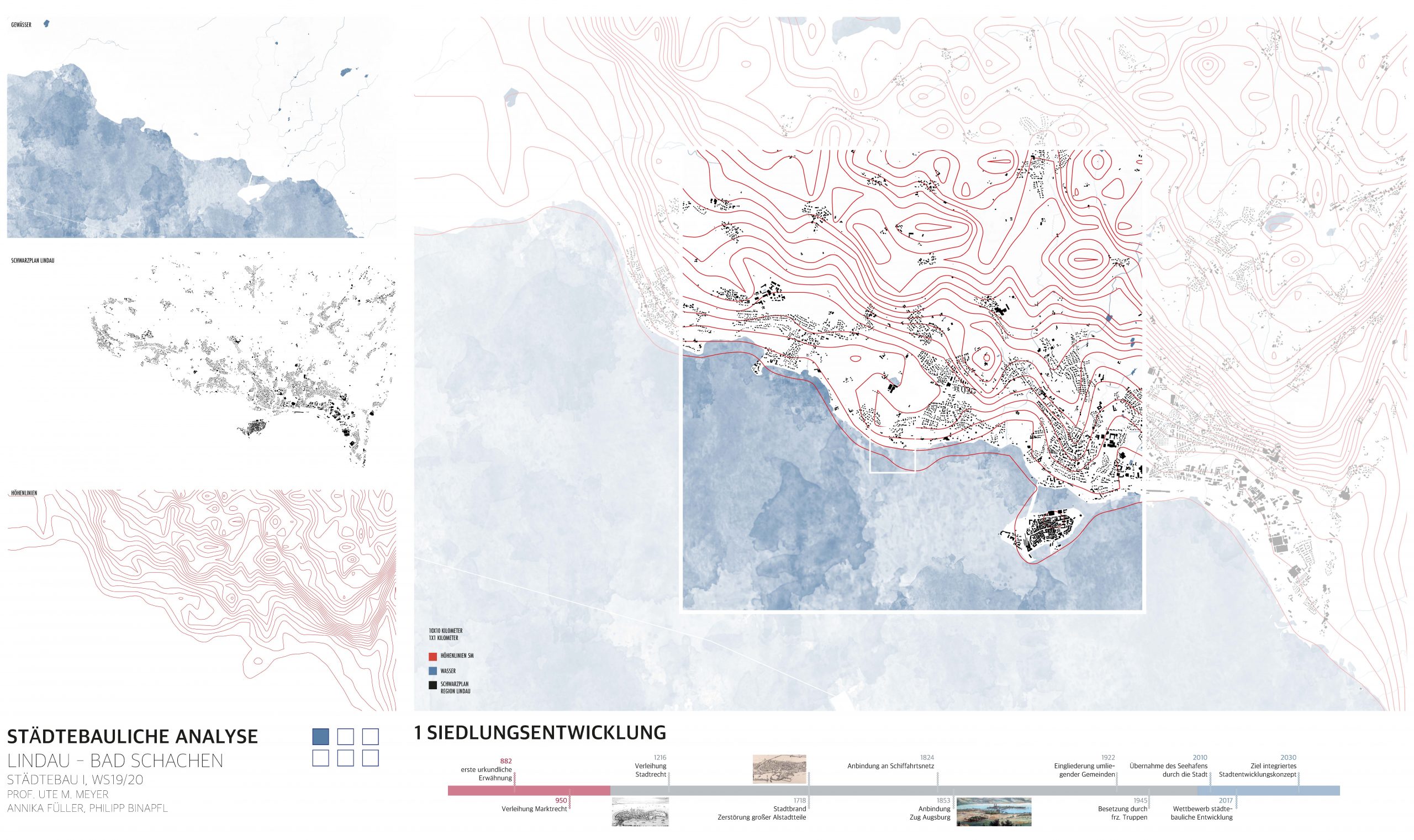
Geislingen is average. Many social data mirror the performance of the Stuttgart Region. Only that the 1% of its 4 Million population rank doubly as high as standards when it comes to unemployment. The train station at the city’s fringe was one of the earlies in the region, part of then rapidly industrializing territories around Stuttgart. Geislingen is a pragmatic result of these bold moves 150 years ago, of building rail tracks and extensive metalworking plants irrespective of existing settlement and transport patterns. Passing by in a high-speed train the town seems dusky and dull, the large factory at its core toys with ideas to relocate outside Europe and a walkable five-minute city around the station is depressingly underused. The project examines acupunctural albeit radical strategic interventions to transform the industrial heritage as a base for a forward-looking industrious identity.
This story is based on the research by Lisa Dornfried, Alina Rapp, Nicole Schüll and Sebastian Strasser
_Make it happen






Oesterfeld train station is in the middle of nowhere. Or so it seems. The only buildings visible from the rails are two stair towers and a 1980s parking platform for park and ride customers. But if you lift up a drone to scan the horizon, you see it all: the university with 25.000 students, the TechPark with high end international staff, suburbs grown rich and expansive, expressways and in addition some barracks and quite a few skyscrapers in a region where people would swear there were none of them. Contrast to the unbroken und unquestioned omnipresence of cars in a city identified with their production the project introduces a different reading of existing territorial relations, landscapes and development options. A cycle superhighway serves as the new artery to easy-connect urban fragments that have no consciousness of their vicinities. Quietways cut through urban and allotment gardens uncovering fastest access to the city centre.
This story is based on the research by Lukas Dietle, Daniela Fischer, Julia Wuchenauer, Julia Schmidt

